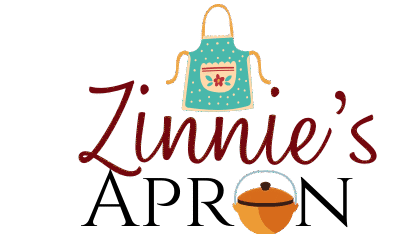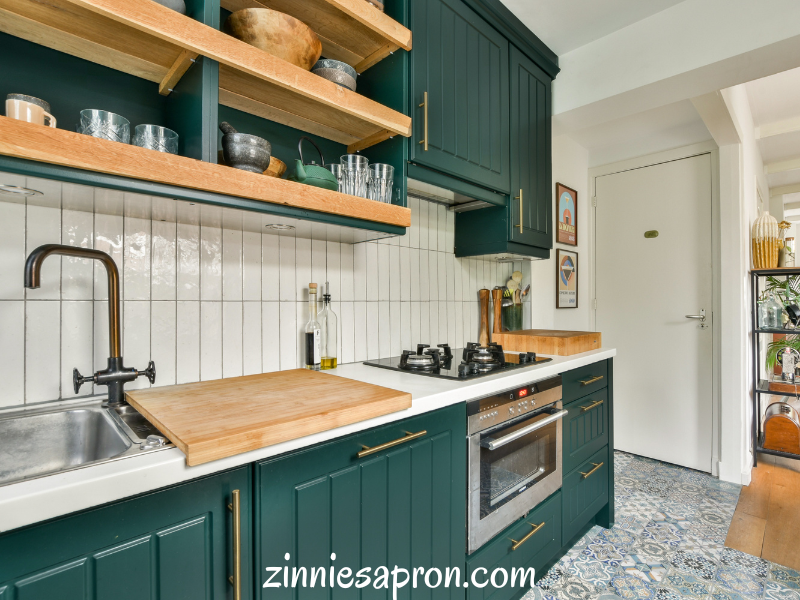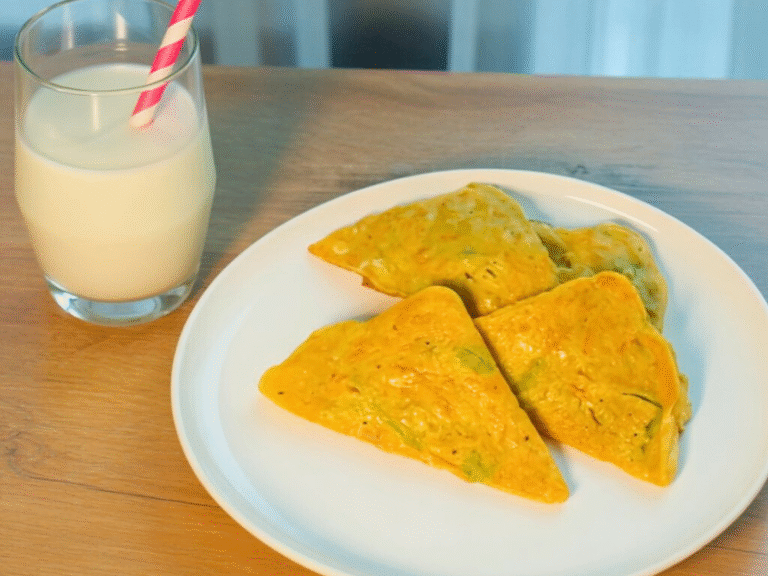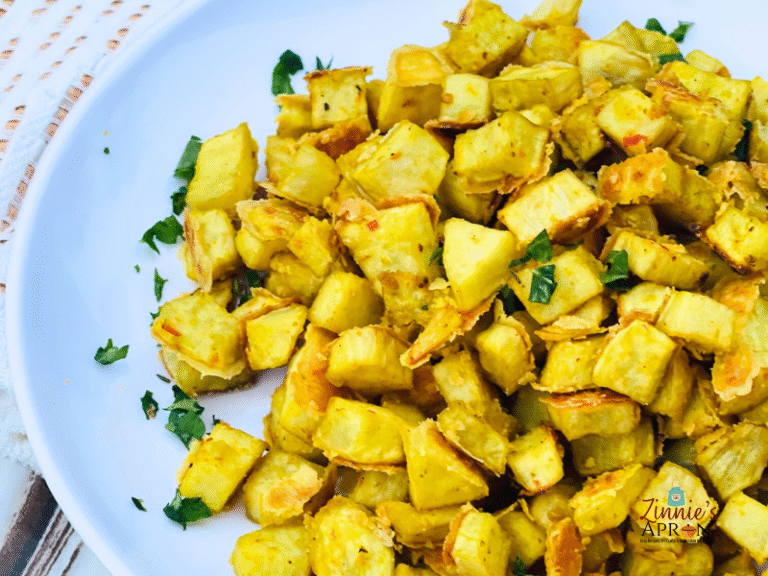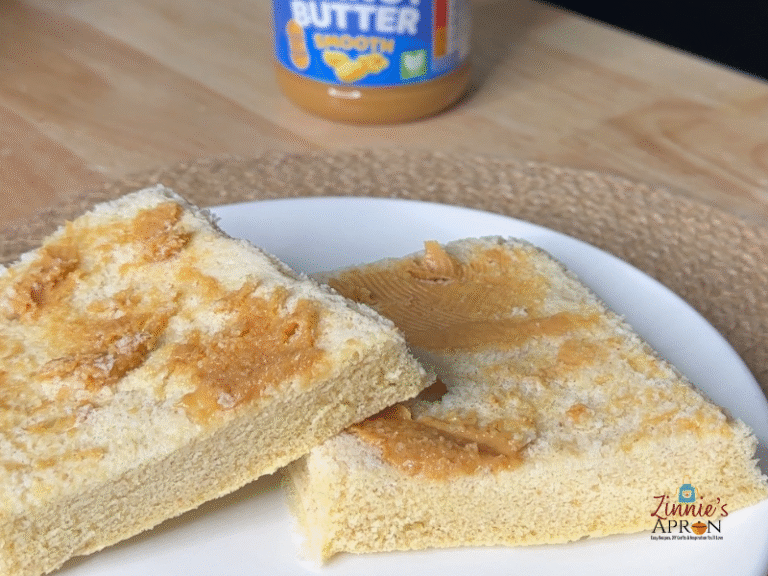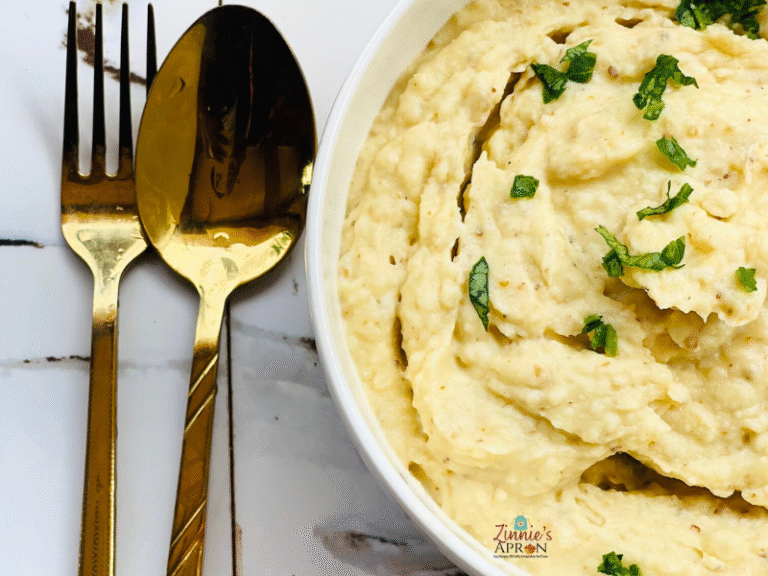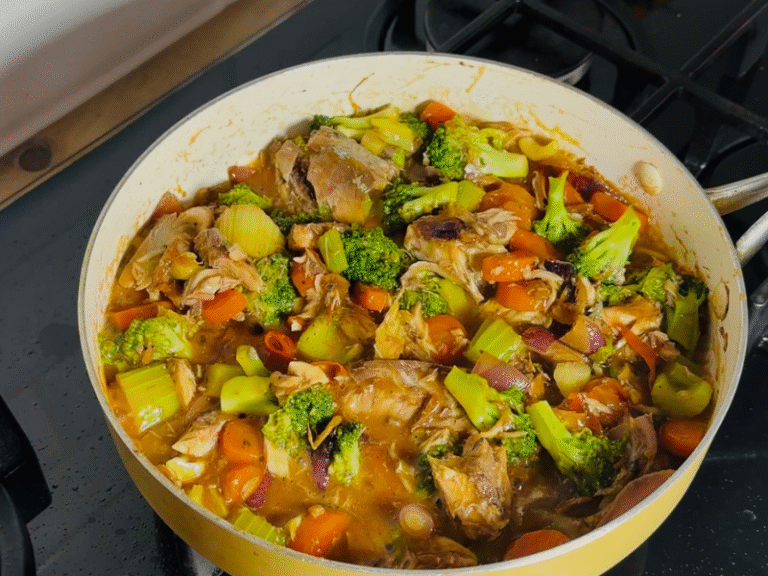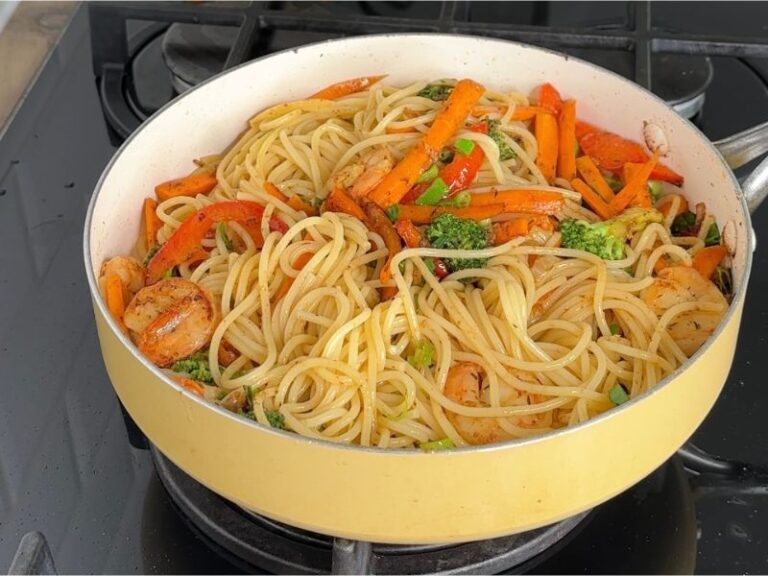In this Post, you will learn about Kitchen Colors: How It Affects Appetite and Cooking
Ever noticed you cook better in some kitchens than others? Like, somehow your creativity flows in one space but in another, you’re just staring at your pan wondering why the pasta looks sad .
Well, it’s not just you. The psychology behind kitchen colors and appetite might surprise you.
Colors do way more than make your kitchen “pretty.” They can influence how relaxed or energetic you feel, how much you eat, and even whether you enjoy being in your kitchen at all. Crazy, right? But think about it there’s a reason restaurants bathe everything in warm reds and yellows.
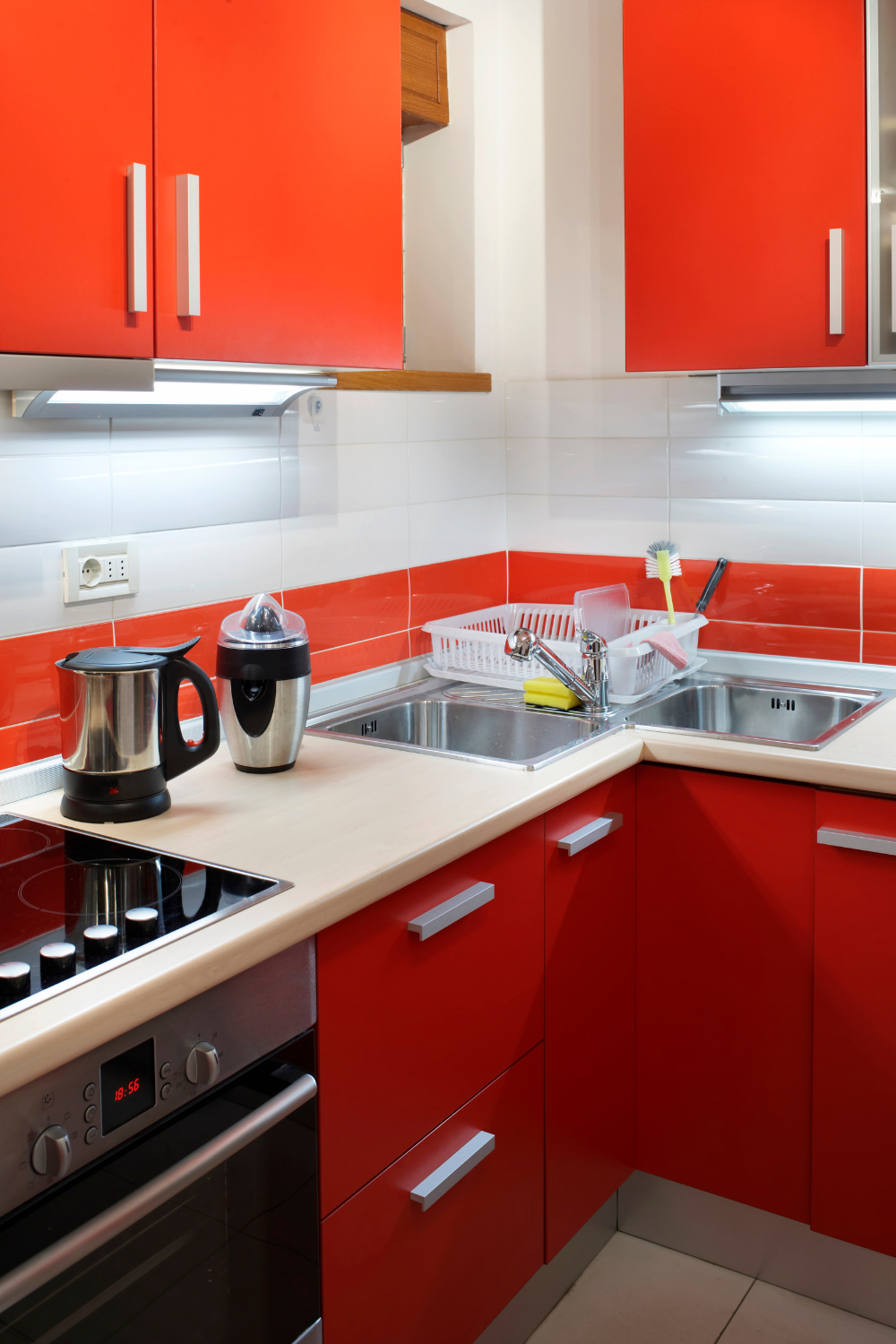
I learned this the hard way. My old kitchen was a cool gray sleek, modern, Pinterest perfect but I never wanted to cook in it. Everything felt cold and uninspiring. The day I added a warm toned rug and a little golden lighting, I found myself cooking just because dinner wasn’t a chore anymore; it was a mood.
Your own kitchen could be doing the same thing either helping your appetite bloom or quietly suppressing it.
So before you grab that next paint swatch or cabinet finish, let’s decode how the color of your kitchen might be shaping your mood, energy, and even your cravings.
Why Kitchen Colors Matter More Than You Think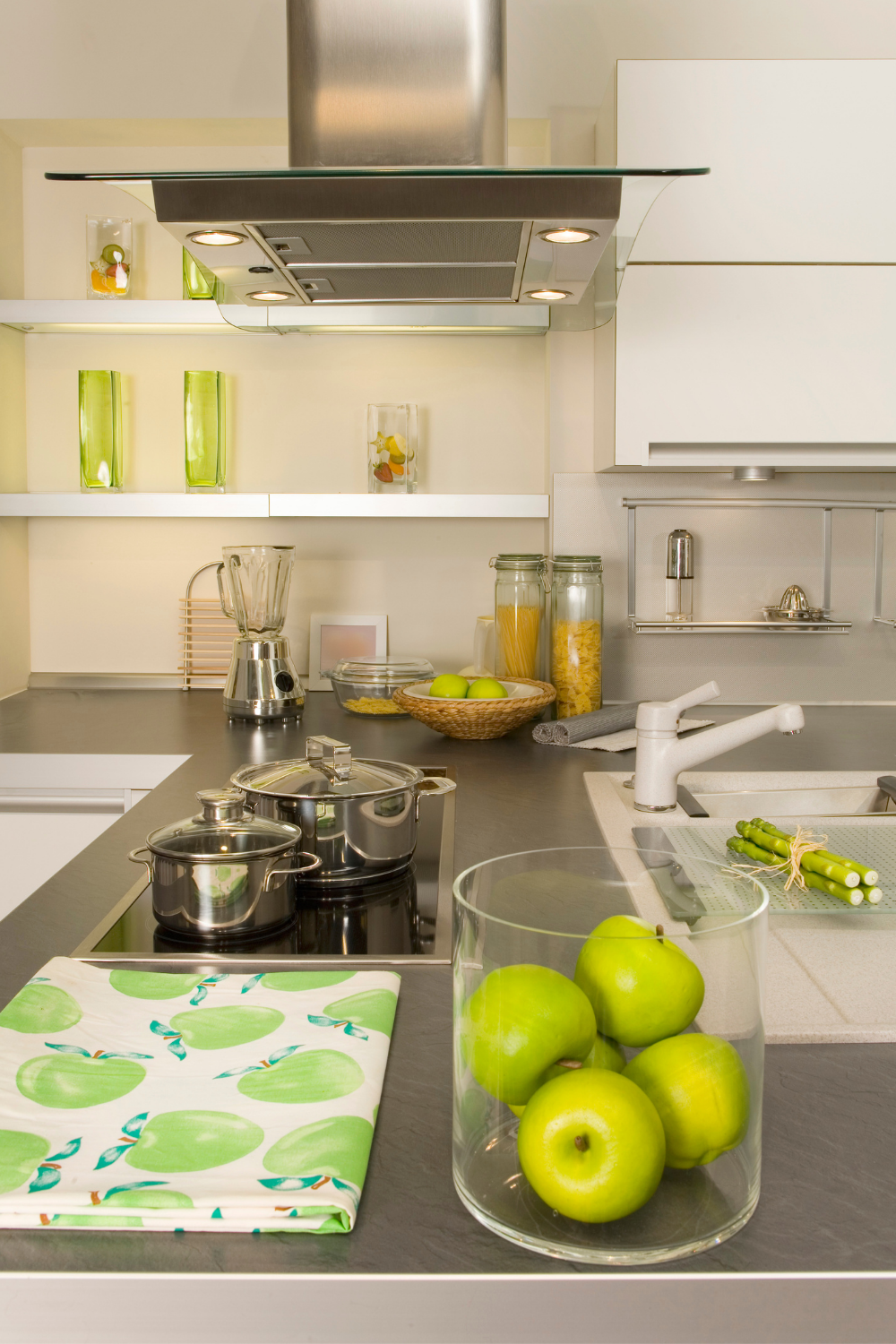
Ever walked into a restaurant and instantly felt hungry even before you saw the menu? That’s not your stomach being dramatic; that’s color psychology doing its job. Colors have this sneaky way of tapping into our emotions and appetites without us even realizing it.
Red, yellow, and orange are known as “appetite colors.” They signal warmth, comfort, and energy which is why most fast food chains paint their interiors in those hues. On the other hand, cool tones like blue or gray tend to calm the mind lovely for relaxation, but not so great if you’re trying to feel inspired in the kitchen.
Here’s where it gets interesting: your kitchen walls, cabinets, and even your dishware all play a subtle role in how much time you want to spend cooking (and eating). A cozy yellow backsplash can make you crave homemade soup. A sterile, all white kitchen might make you feel like you’re in a lab and honestly, who gets hungry in a lab?
But before you start repainting everything in fiery red, take a pause. The impact of color on appetite isn’t just about picking a “hungry color.” It’s about finding balance the shade that boosts your mood while still fitting your cooking style and space.
The Science Behind Kitchen Colors and Appetite
Here’s the deal: colors don’t just look nice they literally affect your brain and hormones. That’s why walking into a bright, cozy kitchen can feel like a warm hug, while stepping into a dull gray one feels like… Monday morning.
Let’s talk science (the fun kind ). Our brains associate warm colors think reds, yellows, oranges with energy, excitement, and food. These hues raise your heart rate a bit, make you feel more social, and yes, can even trigger hunger. That’s why fast food brands love them they want you hyped up and ready to order those fries .
Now flip the palette. Cool colors blues, greens, and grays have the opposite effect. They calm you down, lower your pulse, and can sometimes suppress appetite. Ever noticed how you rarely see blue foods in nature (aside from blueberries)? Our brains just don’t associate that color with “yum.” So when your kitchen is drenched in blue light or icy tones, your appetite naturally chills out too.
But it’s not as simple as “warm colors = good, cool colors = bad.” The real magic happens when you find the sweet spot between stimulation and comfort. A kitchen that mixes soft neutrals with warm wood accents or sunny decor can make you feel energized and relaxed the perfect mindset for whipping up something delicious.
So, before you paint your walls banana yellow or sea glass blue, think about how you want to feel when you cook.
Do you want that lively, chatty, family dinner vibe? Or are you more of the calm and centered, pour-a-glass-of-wine-while-simmering type? Your color choice can set the entire emotional temperature of your kitchen.
Finding Your Color Mood — What’s Your Cooking Personality?
Okay, let’s play a little game. Imagine your kitchen is a mirror of your cooking personality what would it say about you? Are you the vibrant host who loves laughter and second helpings, or the calm, mindful cook who finds peace in stirring sauce? Your kitchen color mood might be revealing more about you than you think.
If you’re high energy, social, and love hosting Sunday dinners warm tones like terracotta, mustard, coral, or even muted red can make your kitchen feel alive. These colors spark conversation and appetite, turning simple meals into mini celebrations. They’re basically the extroverts of the color world.
Try this: Add a bold red kettle, sunny dish towels, or rustic orange chairs. Instant “gather ‘round” energy.
But if you’re someone who cooks to unwind after a long day, cool colors like sage green, soft blue, or stone gray can work magic. These shades have a calming, grounding effect perfect for mindful cooks who see cooking as therapy (and not cardio ).
Try this: Pale green tiles, leafy plants, or light blue dinnerware to keep things zen and cozy.
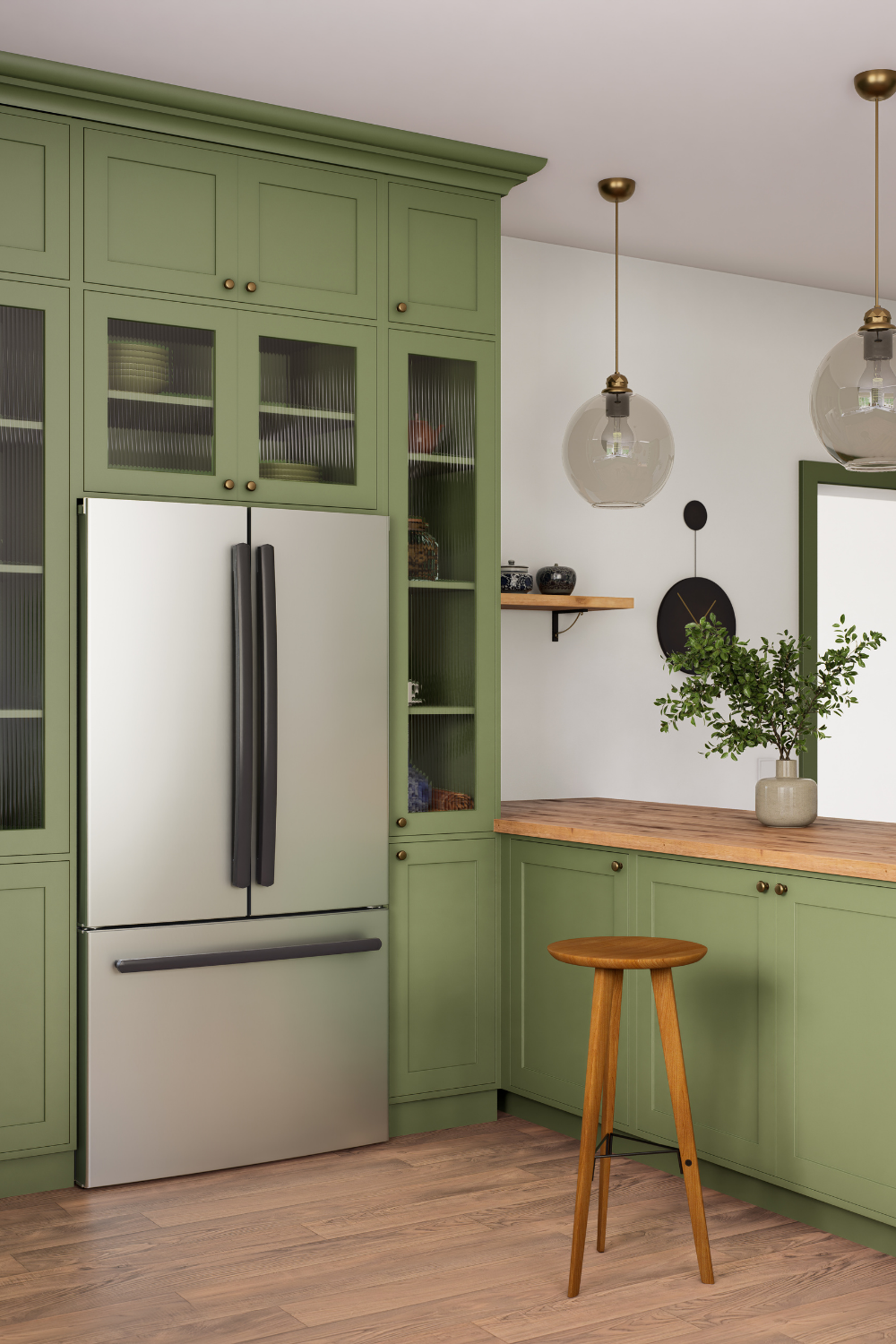
Then there are the neutrals creamy whites, rustic, soft beige, or taupe. They’re your “blank canvas” colors. They let your food and decor pop, and you can easily warm them up with natural wood, gold hardware, or a pop of greenery.
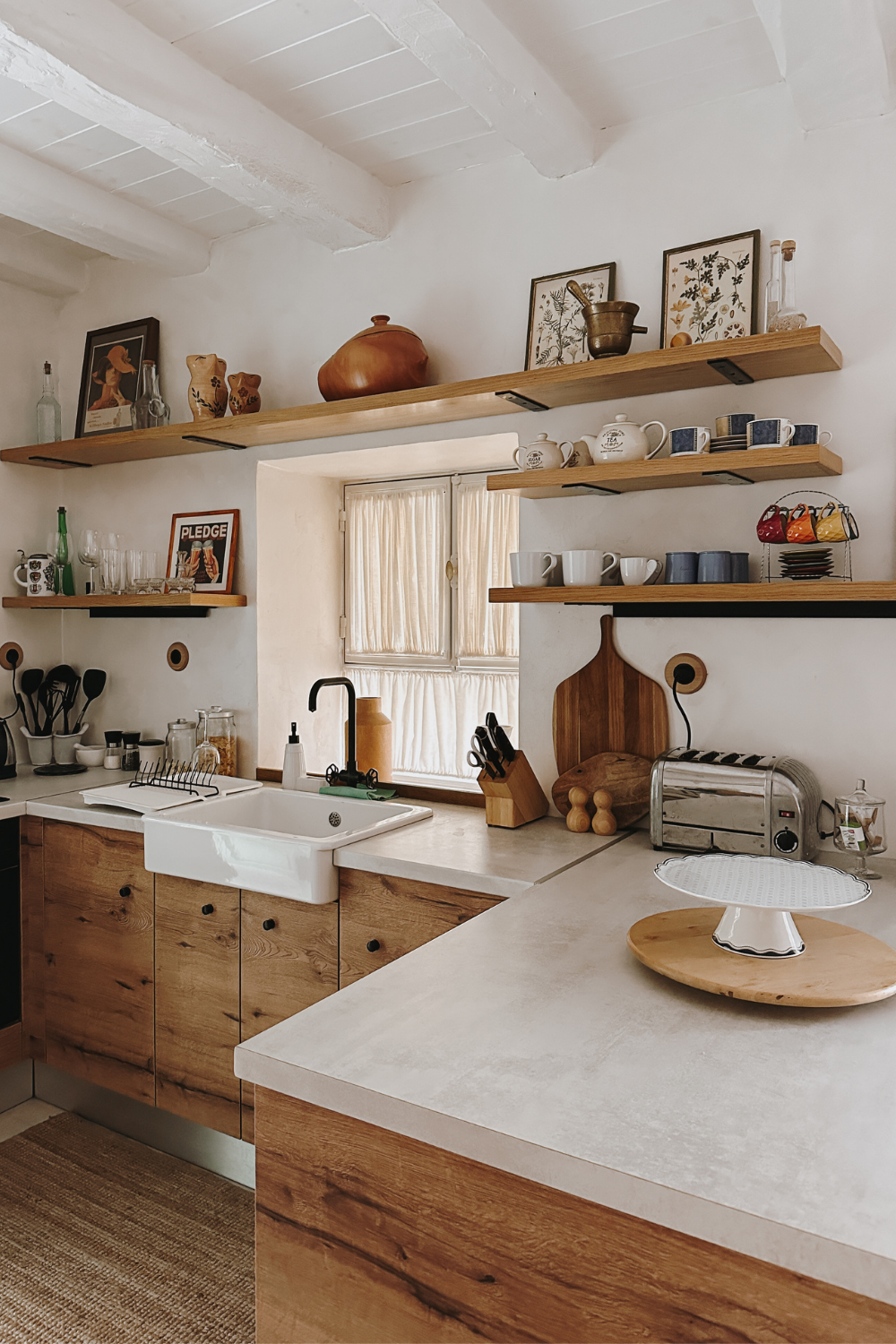
The key? Don’t just pick colors because they’re trending. Choose tones that match your energy and appetite goals.
If your kitchen doesn’t make you want to cook, it’s not doing its job.
Kitchen Color Mistakes That Might Be Killing Your Appetite
You ever walked into a kitchen and felt… off? Like the food’s good, but something about the space just kills the vibe?
Yup that’s color psychology at work, my friend. The wrong hues can literally make you lose your appetite or even feel restless without realizing it.
Here’s what to watch out for:
Too Much Red = Chaos, Not Comfort
Red is known to stimulate appetite, but when overdone, it becomes visual caffeine. It raises your energy and your blood pressure . If your kitchen walls, stools, and backsplash are all red, you’re more likely to feel anxious than hungry. Instead, use red as an accent like in cookware, napkins, or small decor touches.
Blue Overload = Appetite Off Switch
Blue is calm and clean but it’s also the least appetizing color on the spectrum. Our brains associate blue with spoiled or cold food (ever seen blue bread? Exactly). Keep blue subtle think soft blue-gray cabinets or pastel backsplash rather than neon or navy everywhere.
Black and Cold Grays = Moody, Not Munchy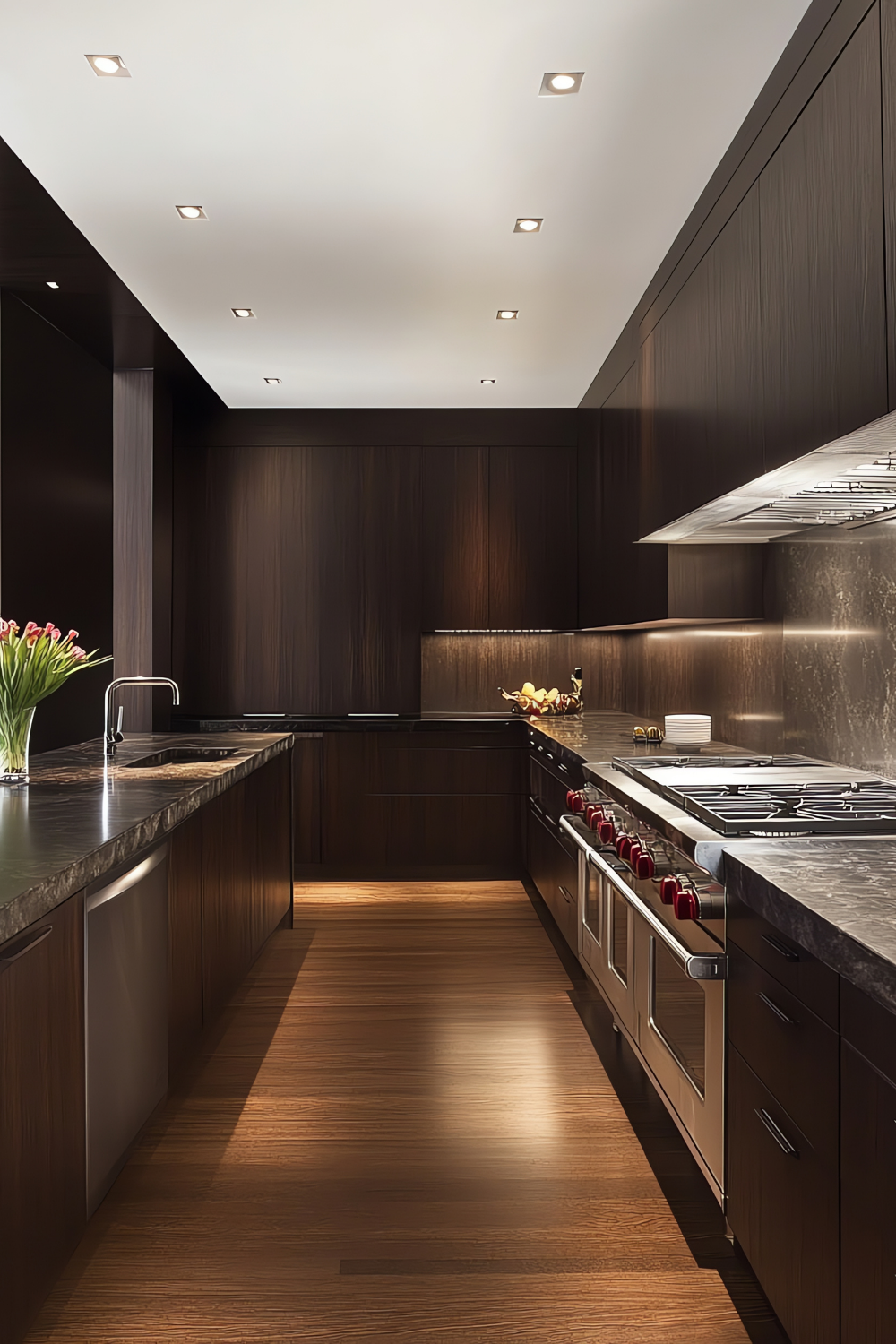
Black kitchens look modern and chic online, but in real life, they can feel uninviting especially if there’s little natural light. Too much gray or black can dull the mood, making your kitchen feel more like a workroom than a cozy cooking space. Balance dark colors with warm wood tones, soft lighting, or metallic accents.
Overly Bright Yellows = Visual Overload
Yellow boosts mood and energy, but an entire kitchen bathed in sunshine yellow can feel intense like cooking in a highlighter. Use it sparingly, maybe in small bursts like patterned tiles or bar stools.
In short: color balance matters. You want your kitchen to welcome you in, not make you want to grab takeout and leave.
The Appetite Connection: Kitchen Colors and Appetite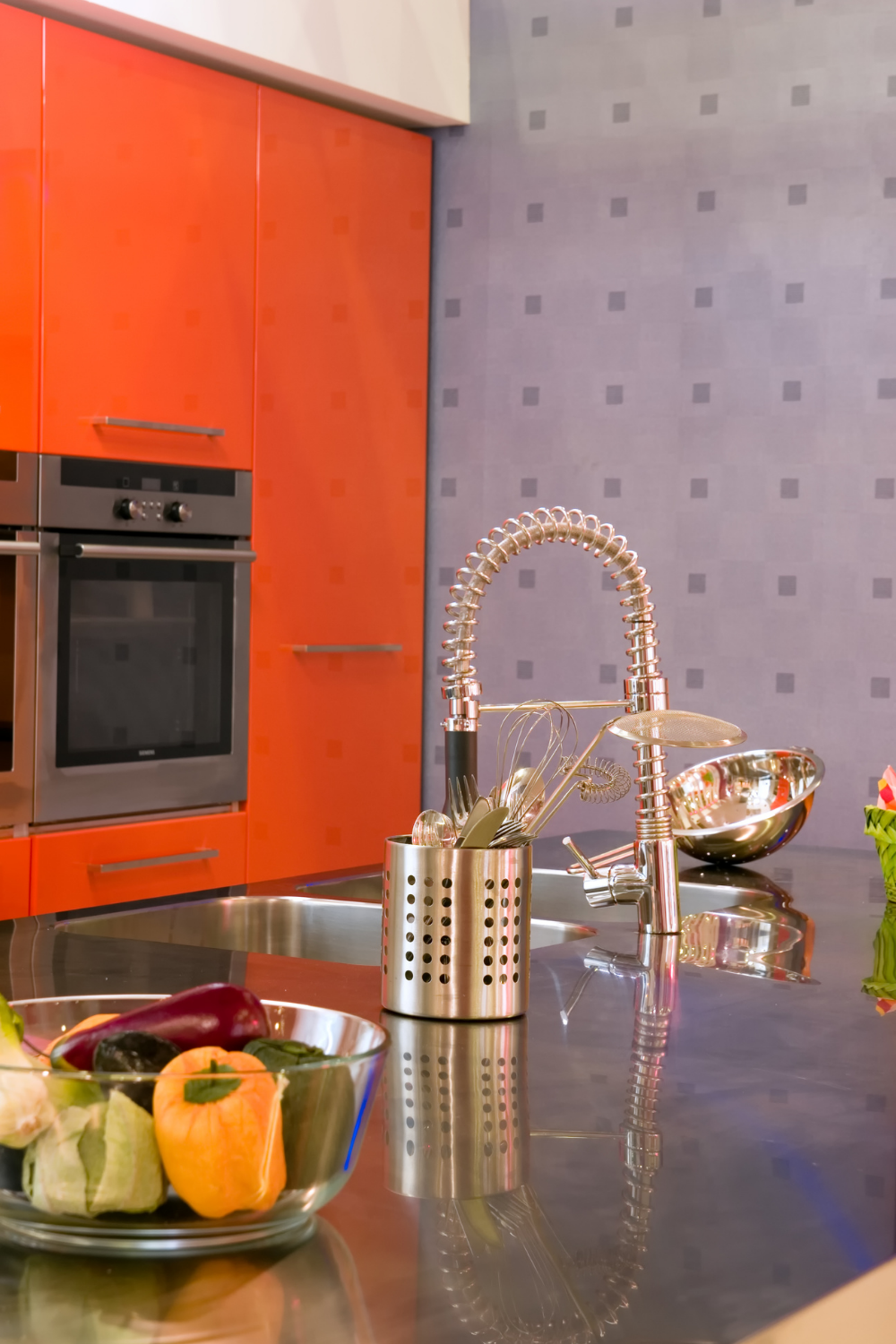
Okay, let’s get real ever notice you snack more at a friend’s cozy kitchen than in your own sleek, gray one? That’s not coincidence.
Colors trigger emotional and physical responses. They can boost hunger, calm nerves, or even make food taste different. Yeah, wild, right?
Here’s how the palette on your walls might be playing chef with your appetite:
Warm Colors = Hungry, Happy, and Sociable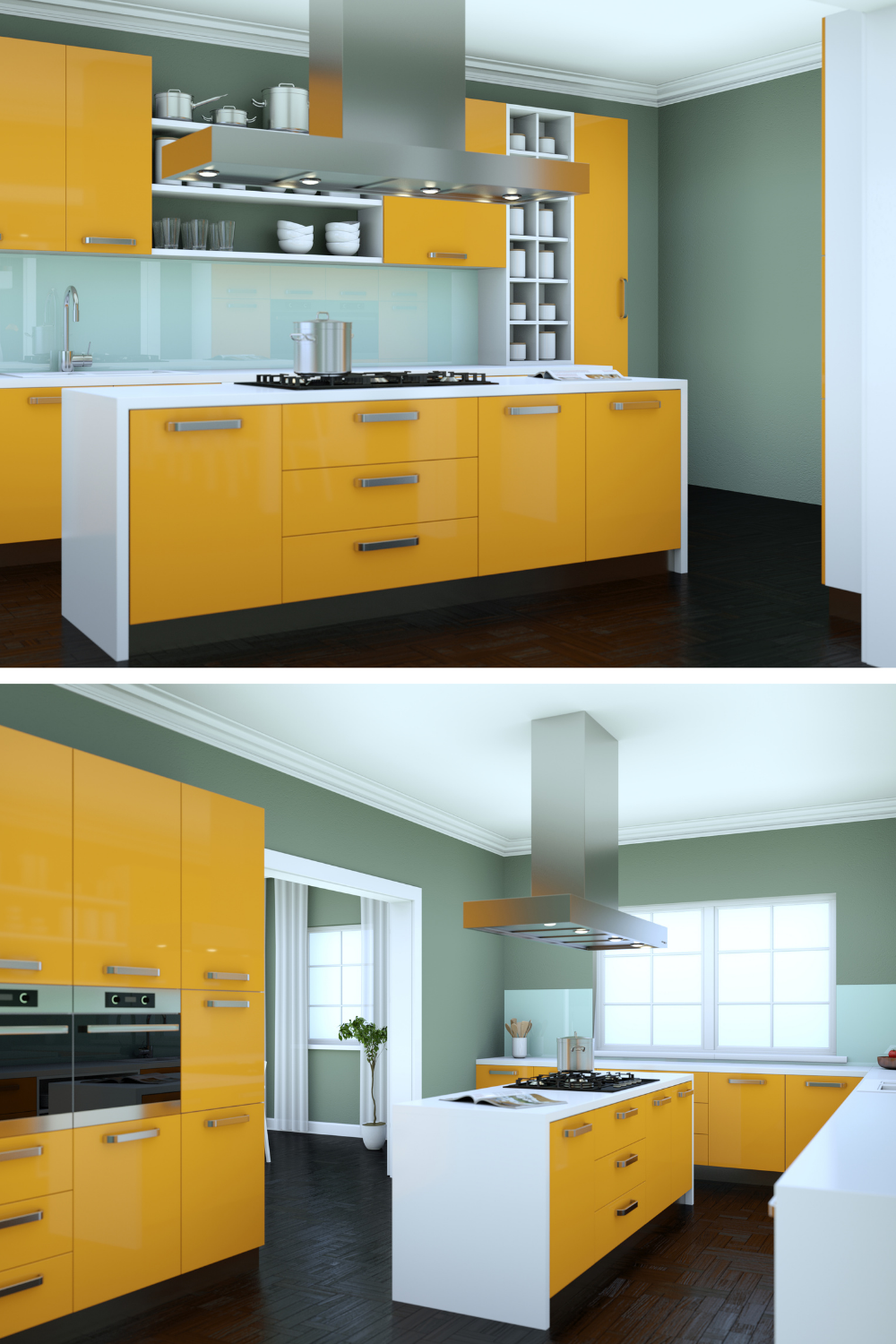
Think red, orange, and yellow — the classic restaurant trio. These shades increase energy and heart rate, subtly nudging you to eat and enjoy food more.
They’re perfect if your kitchen is the family hangout spot or if you love entertaining. Even a few warm-toned accents — like terracotta planters or amber lighting — can make your meals feel more comforting.
Fun fact: Fast-food chains use red and yellow on purpose. They make you eat faster — and order more. So yes, your favorite fries are backed by science .
Cool Colors = Calm, Controlled, and Maybe a Little Less Hungry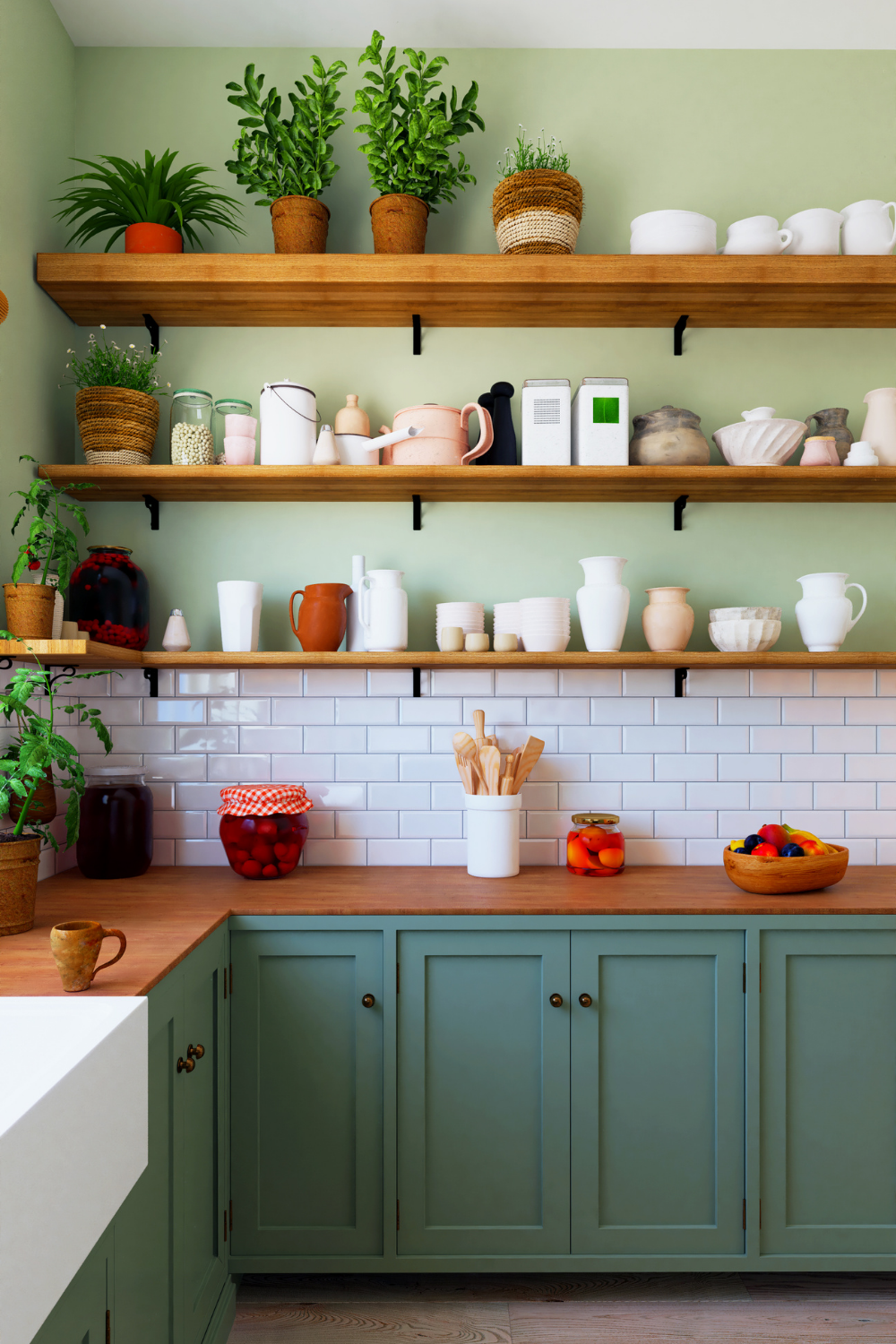
Now, if your goal is mindful eating or portion control, you’ll want the calm crew: blue, green, and soft gray.
These shades lower stimulation, helping you slow down and actually taste your food instead of inhaling it. Blue in particular reduces cravings which is why diet coaches love it (and why you never see blue restaurants .
Pro Tips for Choosing the Right Kitchen Colors
1. Let Light Lead the Way
Natural light makes colors glow; dim rooms dull them.
Before painting, test swatches under morning and evening light you’ll be shocked at the difference.
2. Match Color to Mood
If your kitchen is your zen zone, go for cool tones (mint, sage, gray-blue).
If it’s your family hangout, lean warm (terracotta, cream, buttery yellow).
3. Layer, Don’t Overload
Mix 2–3 complementary colors max.
Too many shades = visual chaos = appetite killer.
4. Don’t Forget Texture
Matte finishes feel cozy.
Glossy ones reflect light and open up small spaces.
Balance them like seasoning in food.
5. For Renters — Fake It Smart
Can’t paint? Use peel-and-stick tiles, colorful curtains, or artwork.
You can still create your dream “kitchen mood” without breaking lease rules.
Pro tip: Snap before-and-after photos perfect Pinterest gold!
FAQs About Kitchen Colors and Appetite
Q: Which kitchen color increases appetite?
Warm tones like red, yellow, and orange tend to boost your appetite. They bring energy, warmth, and excitement into your space — exactly why most restaurants use them! If you want your kitchen to feel inviting and full of life, these are your go-to hues.
Q: What color makes you lose your appetite?
Cool shades like blue, gray, or mint green can have a calming and appetite-suppressing effect. They trick your brain into feeling more relaxed (and less snacky). Perfect for those trying to eat mindfully or avoid late-night munchies.
Q: Which color is the most appetizing?
Studies show red tops the chart for stimulating hunger. It increases heart rate and excitement, making food look even more appealing. That splash of red on your backsplash or napkins? Totally strategic. 🍝
Q: What color discourages eating?
Gray and dark blue can make food look dull or less appetizing — especially under poor lighting. If your kitchen feels too cold or sterile, try adding some warmth with wooden accents, yellow dishware, or soft lighting.
Q: What color promotes weight loss?
Colors like blue and gray subtly suppress appetite, which is why many people use them intentionally in dining areas. Blue plates, for instance, make portions look larger and can help with portion control.
Q: What kitchen colors never go out of style?
Whites, neutrals, and earthy tones like beige, sage, and soft gray always stay timeless. They balance trendiness with comfort — and they’re versatile enough to pair with accessories that fit any mood or season.
Pro tip: Don’t be afraid to mix tones. A pop of warm color in a cool kitchen can keep things balanced just like seasoning in a perfect recipe.
At the end of the day, kitchen colors and appetite are more connected than we think. The right shades can turn cooking from a daily task into something joyful a space that feeds both your creativity and your cravings. When your kitchen feels good, food tastes better, and time spent there becomes something you actually look forward to.
You May Also Like :
